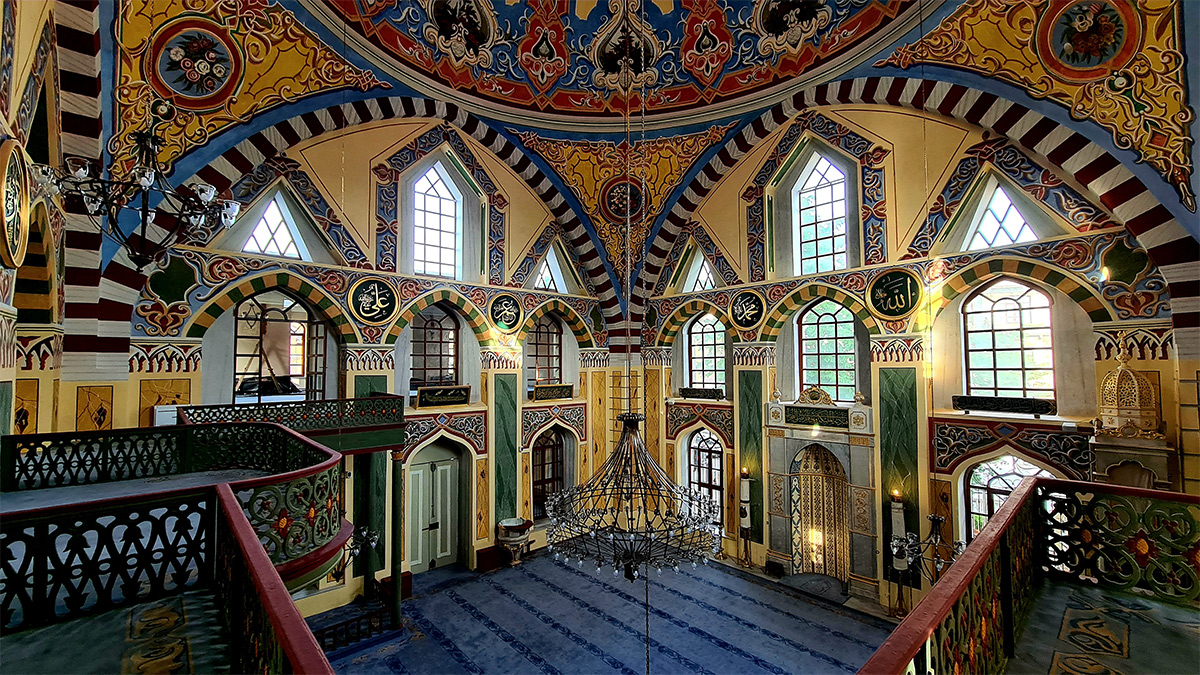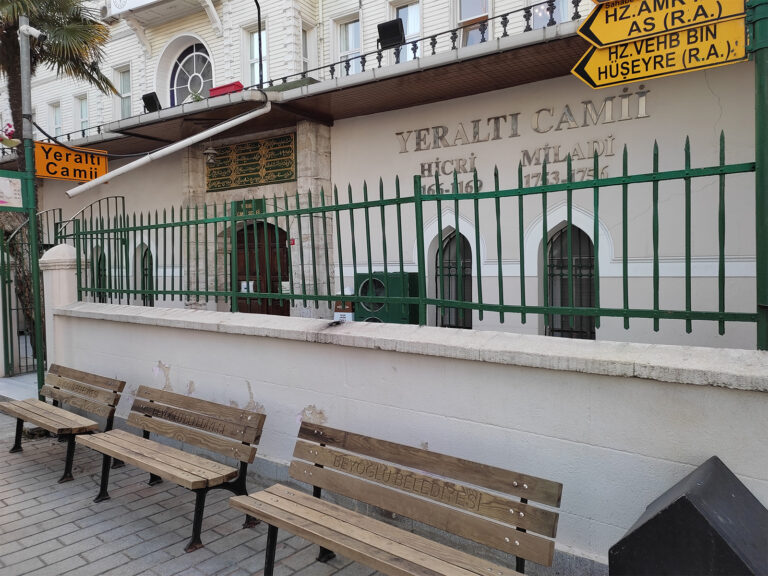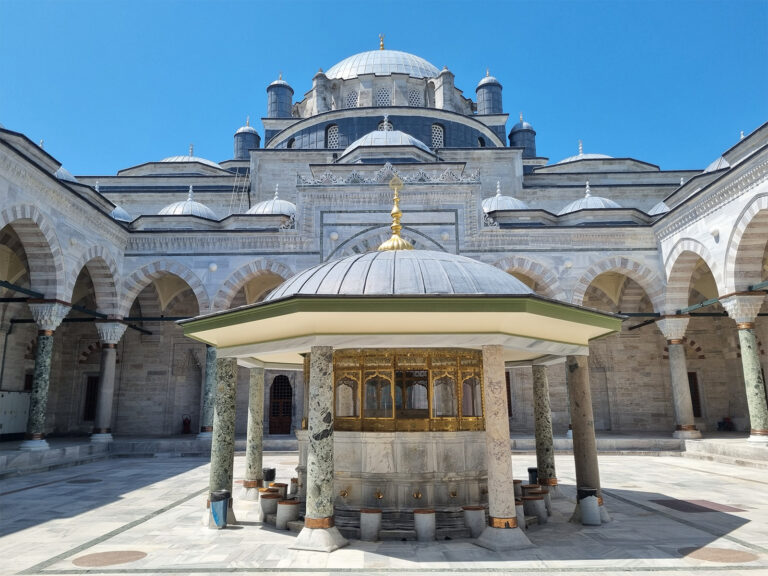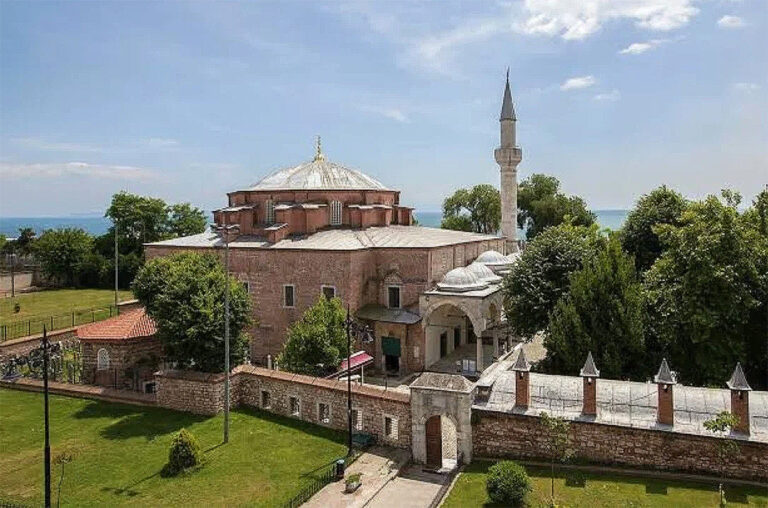Kasımpaşa Grand Mosque
The Kasım Paşa Mosque and Complex, originally designed by the renowned Ottoman architect Mimar Sinan in the 16th century, underwent significant changes in the 19th century to acquire its present form. It was established by Güzelce Kasım Paşa, who was responsible for developing the region following the relocation of the Ottoman navy from Gelibolu to the Golden Horn.
Key Information about Kasım Paşa Mosque and Complex:
- Historical Background:
- The mosque was initially built during the reign of Sultan Suleiman the Magnificent, around 1533-34, as indicated by an inscription from 1723.
- Originally constructed in wood, the mosque was completely destroyed in a fire in 1722 and rebuilt a year later by Feyzullah Efendi, brother of Hekimoğlu Ali Pasha.
- It suffered another fire in the 19th century and was reconstructed by Sultan Abdulaziz into a large mosque with a square plan, a single dome, and two minarets.
- The current appearance of the mosque dates back to a renovation in 1891.
- Components of the Complex:
- The complex originally included a mosque, imaret (public kitchen), madrasa (Islamic school), court, bathhouse, muvakkithane (timekeeping house), sebil (public fountain), fountain, and şadırvan (ablution fountain).
- The original madrasa and court have not survived to the present day.
- The complex also features a 1737 fountain and a 1870 şadırvan in its courtyard, along with a 1892 sebil.
- Architectural Features:
- The mosque initially had modest dimensions with a wooden structure, square plan, dome, and a single minaret.
- The current mosque is enclosed by a large courtyard with three gates, excluding the qibla wall.
- It features a revak (arcade) section to the north, leading to the last congregation area, adorned with the Surah An-Naba in its entirety.
- The interior of the mosque has “L” shaped balconies on both sides of the entrance, numerous windows for illumination, and a marble mihrab embellished with calligraphy and floral motifs.
- Decorative Elements:
- The mosque is notable for its dense ornamentation, including decorative elements on the exterior and interior.
- Its two minarets were made of stone and featured unique balconies, which have undergone changes in recent restorations.
- Additional Structures:
- The complex also includes a still-functioning double bathhouse, known as Büyükhamam, which consists of cold, warm, and hot sections with a distinctive layout and facilities.
- Current Use and Condition:
- Today, the courtyard also houses facilities like a mortuary, the mosque protection association, and residential lodgings.
The Kasım Paşa Mosque and Complex, with its rich history and architectural evolution, stands as a significant representation of Ottoman architectural development from the 16th to the 19th centuries.




